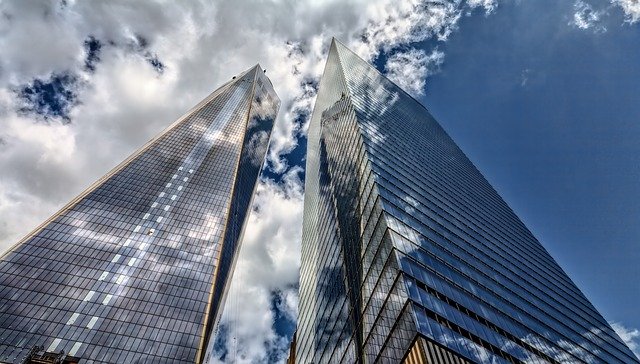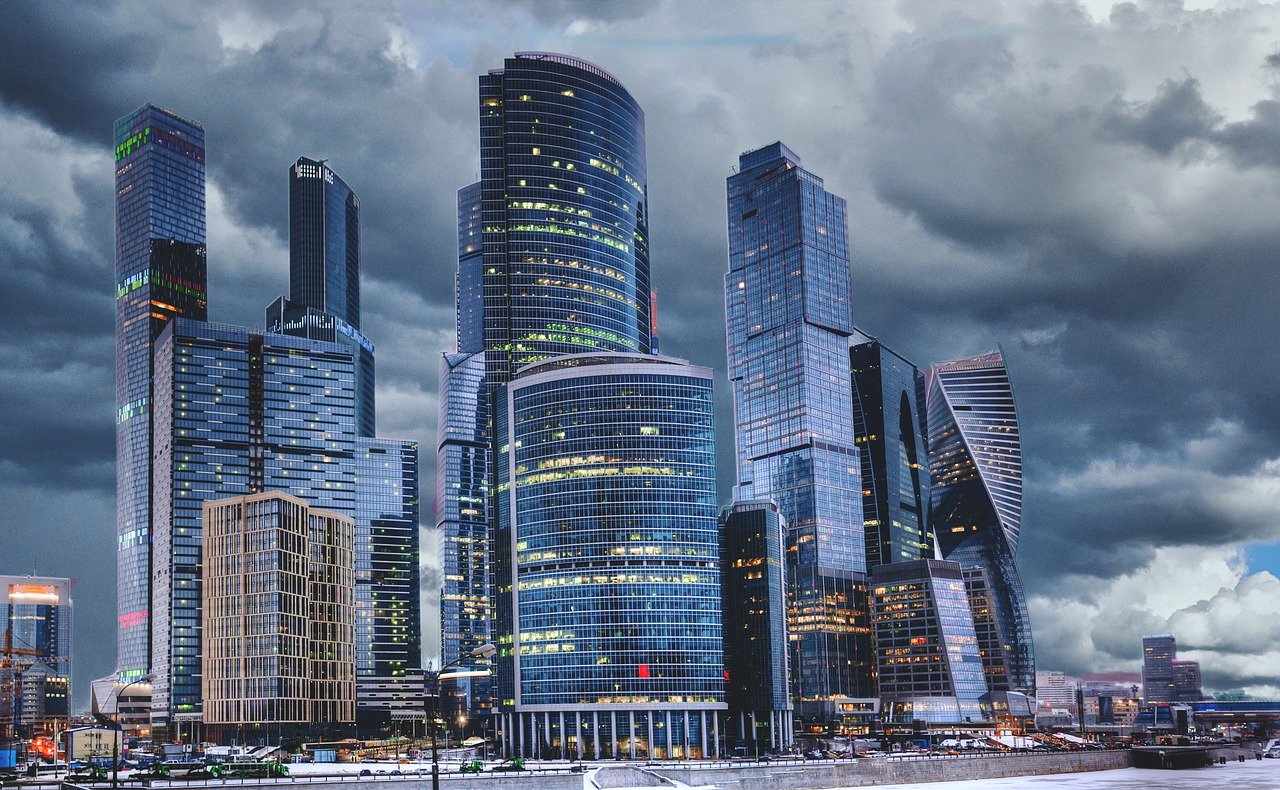What is a high floor wind?
When walking around a large high-rise building rising from the ground, you often feel that every breeze suddenly comes. This wind intensity is not small; the direction of prediction is uncertain, mostly moving down the building’s side and back. People often call it the high-rise wind.
So, what causes this strange high-rise wind? To make this clear, let’s do a little experiment. The right hand held a burning cigarette; the left hand held a chopstick on the head with an empty matchbox. When you blow into the matchbox, you can see the smoke of cigarette smoke waving up and being drawn back by the back of the matchbox. Do you know why? That’s the reason for the high winds!
It turned out that, when the air was moving, encountering the main obstacle of the upper floor, it created a drag on the airflow, causing the airflow to change: that is, in the front of the upper floor, the pressure of the airflow increased; on the back of the building, the airflow pressure drops a lot, resulting in irregular swirls. So around the building, the air creates a pressure difference in front of him was strong, his back was weak, so there was a high wind blowing along the wall. Of course, the high-pressure airflow elsewhere will move to the back of the high-rise building, so the high-rise wind direction is always changing, very complicated.
After you blew steam into the matchbox in the experiment above, the air pressure on the back of the matchbox dropped, so the smoke was drawn there. The architectural complex of many high-rise buildings jutting into one another, between this building and the other buildings forms countless narrow and irregular passages. The speed of airflow in those passageways is huge. This kind of vigorous movement of air currents makes the higher winds blow even stronger.
High-rise winds affect the normal work and life of people and have the potential to harm the building itself. With the rise of urban demographics, in the context of increasing city high-rise buildings, reducing high-rise winds has become one of the important issues of architectural design.
If building buildings into an architectural cluster of each court, each building is like matchboxes. However, the price is lower, the efficiency is high, but from the perspective of preventing the wind floor’s influence. High is not suitable. Therefore, to weaken the influence of high-floor winds, the layout of the master plan of buildings’ complex is of significant importance. Kim Mau Tower is located in Luc Gia Chuui monetary service area, Shanghai city, 420.5 m high, up to 88 floors, is the third building in the world today. It is a masterpiece of post-modern architectural style. The architect cleverly combined traditional Chinese architectural style with the world’s modern architectural trend, the serrated building surface makes the high-floor wind very well divided.
Today, the shaping and architectural style of high-rise buildings in big cities of countries worldwide are colorful; there are tall buildings built in pointed pyramids, smaller and smaller, with a roof building in an inclined slope. On one side, asymmetrical, there is a cluster of buildings undulating and rising. This fancy shape can be unique in terms of architecture, but it can also weaken the effects of high-floor winds.





